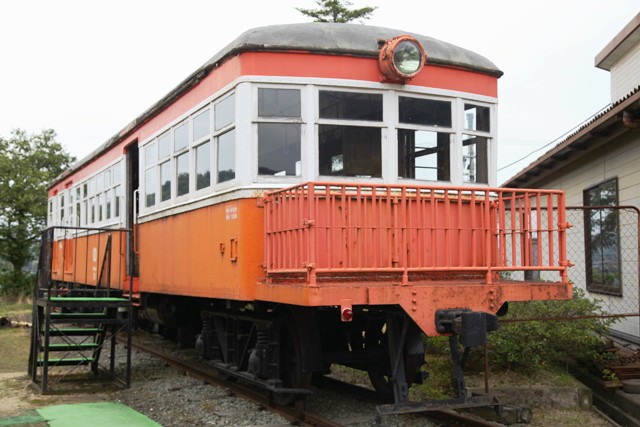251F of the EMU Seibu 101 series arrives at Musashi-Sakai terminal
Trains painted with other operators' colors have been in vogue in Japan. For instance, Keikyu 2103F of the EMU 2100 series and Tobu 208F of the 200 series, which were painted with the Taiwan Railway Administration (TRA) colors in accordance with friendship and cooperation agreements between Keikyu/Tobu and TRA. Seibu 9003F of the EMU 9000 series, called the Lucky Red Train, is painted with Keikyu colors; meanwhile, Keikyu 1057F of the EMU 1000 series, called Happy Yellow Train, is painted with Seibu colors as a symbol of the friendship between two companies. Today, I am going to show you the other example.
On June 14th, 2018, Seibu launched "Ohmi Railway's Umikaze color" train, 251F of the EMU 101 series. Ohmi Railway is a Seibu Group company in Shiga Prefecture in the western part of Japan. Ohmi recently had its 120th anniversary; meanwhile, the Seibu Tamagawa line had its 100th anniversary, so it is a time to celebrate two Seibu Group companies' anniversaries. What's Umikaze? It is a nickname of Ohmi Railway's train launched in 2013. Ohmi painted Umikaze train with a light blue color, which was adopted from the image of the wind on Lake Biwa near Ohmi Railway.
Incidentally, the EMU Seibu 101 series was launched in 1979. A total of 4 sets, 16 units, have been operated on the Tamagawa Line since 2010. Different from the other Seibu trains, its specification is rather old as DC motors with a rheostatic control system are still used.
251F of the EMU Seibu 101 series stands at Musashi-Sakai terminal













